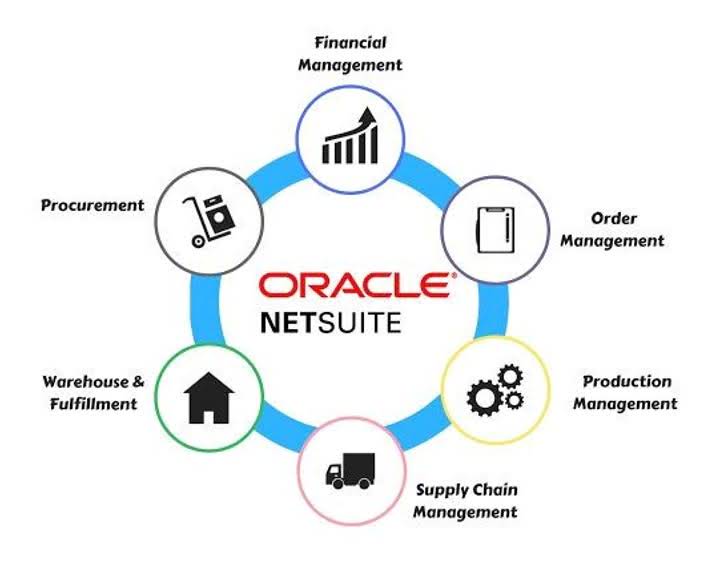
You can use static budgets for seasonal businesses, but they’re less effective because they don’t adjust for the natural fluctuations in seasonal revenue and costs. The budget might show large unfavorable variances during slow seasons and favorable variances during peak periods, making performance evaluation difficult. Static budgets make sense for businesses operating in highly stable environments — an environment with highly predictable revenues and expenses.
- A static budget is quite helpful in these circumstances for tracking how well a corporation is performing in comparison to expectations.
- To recap, a static budget is created with a focus on the projected costs and the anticipated revenue of your company, and its goals, over the course of a year.
- However, they are inflexible, can lead to misleading conclusions during variance analysis, and don’t account for changes in activity that can occur, especially in unpredictable environments.
- Bear in mind that variable expenses typically go up as revenue increases and go down as revenue decreases.
- When using a static budget, a company or organization can track where the money is being spent, how much revenue is coming in, and help stay on track with its financial goals.
Set activity levels
This allows teams to investigate problems as they emerge, not months later. For example, if you budgeted $50,000 in revenue but achieved $45,000 in actual revenue, the variance is -$5,000 (favorable). If you budgeted $10,000 in expenses but logged $12,000 in actual spending, the variance is +$2,000 (unfavorable).
Static Budget vs. Flexible Budget
If such predictive planning is not possible, there will be a disparity between the static budget and actual results. In contrast, a balance sheet flexible budget might base its marketing expenses on a percentage of overall sales for the period. That would mean the budget would fluctuate along with the company’s performance and real costs.

We and our partners process data to provide:
But revenue is heavily influenced by market trends, economic conditions, and customer behavior. Budgeting is one of the most important aspects of financial management. One way to do this is by calculating the average percentage of those costs relative to historical revenue. It is more responsive to changes in the business environment but can be more complex to create and manage. Any potential cash flow problems will be identified sooner than later so that appropriate measures can be taken.
Teams are still holding their original budget allocation for the remainder of the period despite the fact that actual revenue is far lower than expected. So, too, does the cost of production (which includes engineer and customer support). A static budget can help with cost control by setting fixed spending limits that departments are expected to adhere to throughout the budget period. This can promote financial discipline and discourage unnecessary or unplanned expenditures. However, its effectiveness may be limited if actual activity levels differ significantly from budgeted assumptions.
The Difference Between Static and Flexible Budgets
- The budgeting process itself also needs to be decided — as in, whether it will be a top-down vs. bottom-up budgeting approach.
- Find this by taking the average of fixed costs divided by the average of revenue and apply this ratio to your current period’s revenue projection.
- It helps identify areas where the organization is over or underperforming against its plans, guiding strategic decisions and financial management.
- Zero-based budgeting is a budgeting method in which all expenses must be justified for each new period, rather than simply incrementing the previous budget.
- By following these best practices, businesses can ensure their flexible budget performance reports provide meaningful insights for better financial control and strategic decision-making.
- Managers are therefore responsible for sticking to the budget, regardless of how the actual cost of running the campaign performs throughout the course of the period.
- That’s why most companies use a mix of both static and flexible budgets to help them keep track of their performance by comparing them both to their actual spending.
This can be incredibly helpful, but it can also be inaccurate and lead to a misunderstanding of success. With a static budget, you lose the opportunity for trial and error in real time. A static budget can be part of a master budget, but they’re not the same thing. A master budget includes multiple interconnected budgets for the entire organization, which means it encompasses operating budgets, financial budgets, and capital budgets. Use purchase approval workflows or employee cards with preset spending limits at the transaction, category, or merchant level. Automated policies stop excess spend before it happens, saving you from cleaning up unfavorable variances later.
✅ Improved financial forecasting

Accordingly, an organization can keep track of its expenses and ensure whether it is going on as per plan. The static budget becomes dysfunctional in case of a change in anticipated situations like a significant change in actual production/ sales. Overall, it is a very beneficial tool for every organization for product profitability and cost analysis. Every finance department knows how challenging building a static budget can be. Regardless of the budgeting approach your organization adopts, it requires big data to ensure accuracy, timely execution, and of course, monitoring. However the most a static budget report important role of the static budget is that it acts as a good cash management tool.
Own the of your business.
- In short, a well-managed static budget is a cash flow planning tool for companies.
- A MIS Report (Management Information System) is a set of reports that that provides information to management and other decision-makers in a business….
- This shapes how each method supports decision-making and performance review.
- Ramp transforms budget monitoring from a manual, backward-looking exercise into a proactive, automated process.
- Static budgets tend to force you into a box – you’re stuck based on a decision that you made at the start of a cycle without knowing definitively what the year ahead might bring.
- A static budget, also known as a fixed budget, is a budget that does not change or adjust as volume or activity levels change.
External factors, such as your company’s success throughout the year, have no effect double declining balance depreciation method on a static budget. A static budget might be problematic in more dynamic circumstances where operating outcomes might alter significantly because real results might be compared to an outdated budget. A static budget may also not always be useful for assessing the effectiveness of cost centers.
Small Business Tax Forms

As we mentioned previously, a static budget remains unchanged throughout its entire lifecycle regardless of external factors, such as company performance. But pairing it with rolling forecasts gives leadership a current view for decision-making. Update forecasts monthly to reflect actual sales, income statement shifts, or external fluctuations.